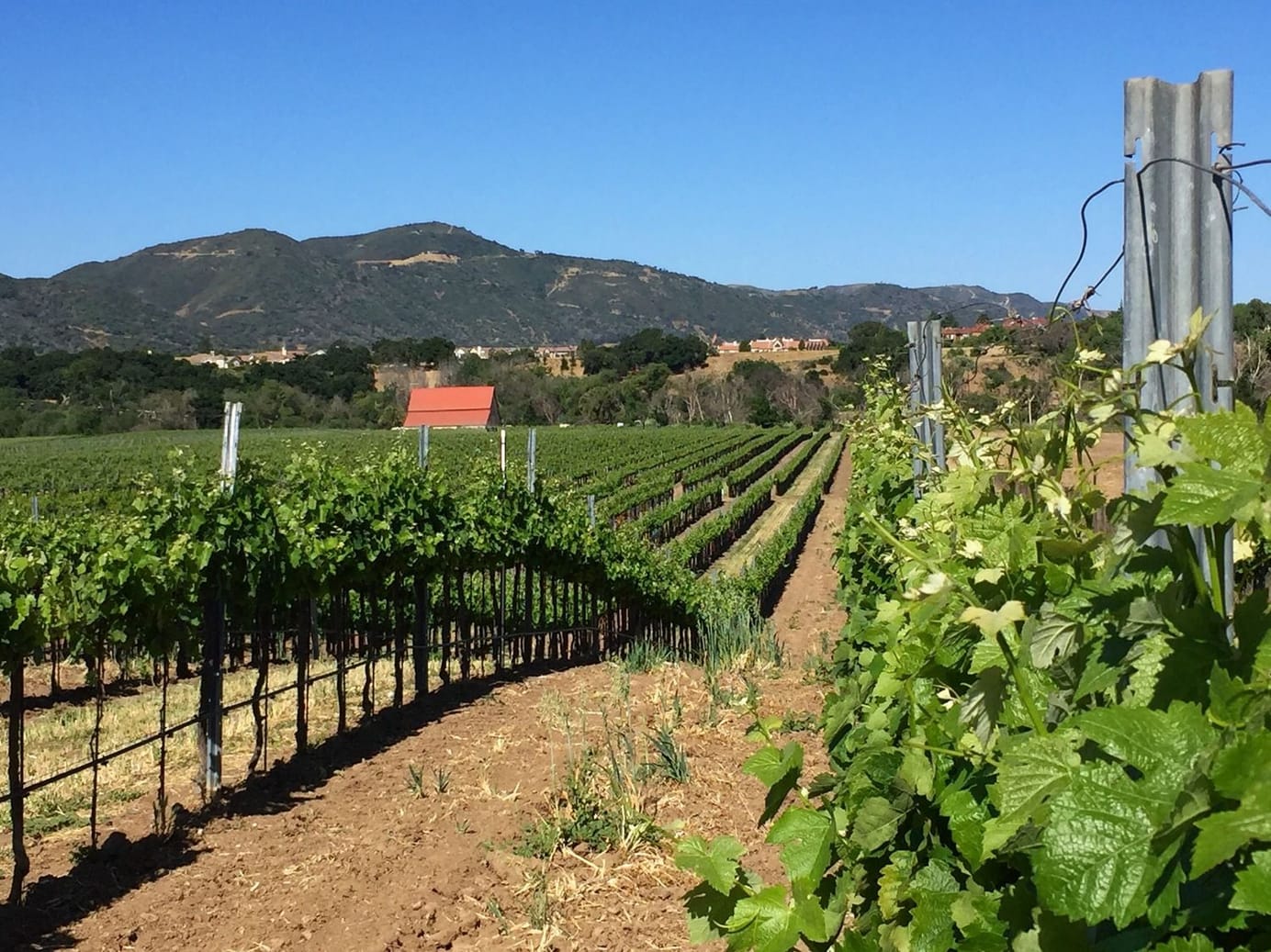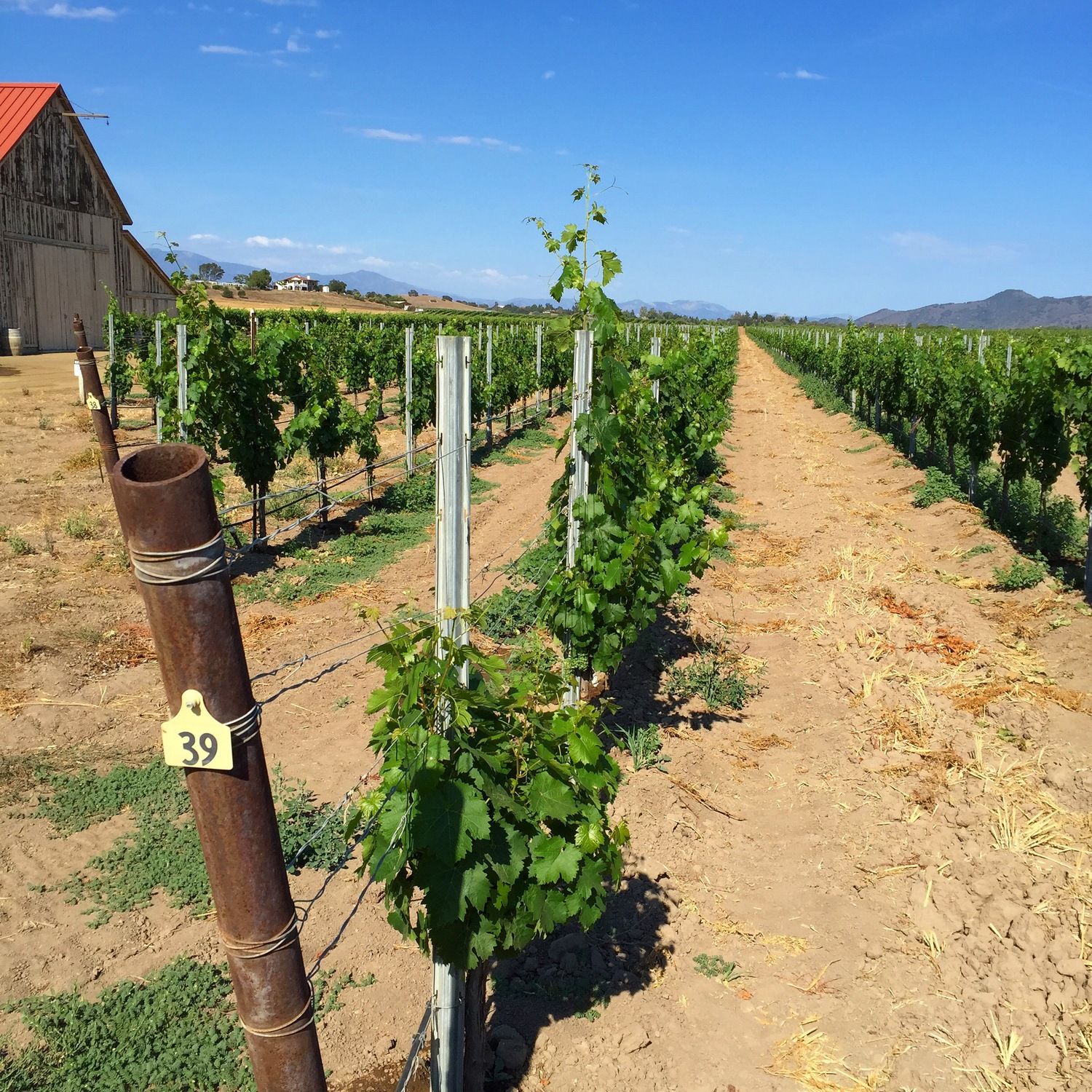
Meet the winemaker: Coquelicot Estate Vineyard
4 min read
Coquelicot (ko-klee-ko) is French for poppy, in homage to the striking red flower that graces the French countryside, and a nod to the founder’s lineage. The vineyard is an organically farmed property in the heart of the Santa Ynez Valley, California, owned by father and son Bernard and Jonathan Rosenson in collaboration with renowned winemaker Mike Roth.
We spoke to Jonathan after including one of Coquelicot's wines in our selection for RAW WINE Club. We hope you enjoy reading our conversation.
What’s your background and how did Coquelicot come to be?
My grandparents are World War 2 holocaust survivors, originally from Poland. They were liberated and brought to Siberia by the Russians and they went to a displaced persons camp. My dad was born somewhere along that journey. They had a cousin in Paris who sponsored them, so my dad grew up there until he was almost 10 years old. Paris held fond memories for him of going to museums with his dad, going to the countryside and seeing all the coquelicot - red poppies - so that’s the start of the inception of the name Coquelicot.
They immigrated in 1956 on the Queen Mary from France to New York and he spent the rest of his young adult life there. He eventually made his way to California and got a job in healthcare, running nursing homes and retirement homes, and was given the opportunity to partner with somebody and started to excel. It’s kind of that immigrant’s tale of succeeding, and eventually taking over a retirement building that was in Long Beach. It was a 15-storey building and it was converted to a retirement community and on the top floor, was an old abandoned restaurant called Sky Room. Sky Room was like a Hollywood, socialite hangout in the 1930s, 40s and 50s, it was an art deco supper club. Long Beach was the Hollywood beach basically, it had some of the best surf in all of California. Those were the glory days.
We took over this spot in the late 90s and my dad got a special pardon from the state to be able to reopen the restaurant, so he remodeled it back into that full art deco vibe. There was a dancefloor in the restaurant and a live band every night playing 20s, 20s, 40s, 50s music and people would come out on the weekend to dance. He caught the wine bug there. He started buying wine, collecting wine and really getting into it. Wine became a really big thing for him.
In 2005, he sold some of his business and the lifelong dream of getting into the wine industry came to fruition. When we purchased the Coquelicot winery, it was originally called Mission Estates as it was right below Santa Ynez Mission. When we bought it, my dad had no problem with that name - it makes sense, it shows time and place. But when we filed for our name, we got a cease and desist letter from a very powerful winery called Chateau la Mission Haut-Brion.
The idea of going against this winery and fighting them for a name, when there had been no wine made under that label from the previous owner, so we decided to change the name. Coquelicot is sort of that love affair with France, my dad’s childhood and the idea of making French wine with California grapes - in the style, lower alcohol, easier drinking sometimes. The brand - the identity now - is not much new oak and really only neutral oak so the reds are soft and plush and easy to drink, and the whites are vibrant and chock-full of beautiful acidity with lots of floral notes. It’s all about aromatics and this juiciness.

What about where you’re based, the Santa Ynez Valley?
The wine region really emerged in the early 2000s and as far as a growing season, it has the perfect weather - hot days, cold nights. In the day it’s around 90 degrees so you’re able to build the sugar in the grapes, and it cools down to 40 or so degrees at night. When you have that swing, at night the vines are able to rest and replenish all that acidity. We're right in the center of the region and our vineyard is located on the valley floor. What that does is it allows all the cold air to settle, so what you get is this really interesting wine. I like to call it the Goldilocks wine. It's not too rich. It's not too thin. It's just in the middle
Tell me about your style of farming.
When we took over the vineyard in 2005, I recall my dad opening up the doors of one of the barns used by farm workers and nearly choked on all the chemicals that they were spraying. And at that moment, we decided that we can't do any of this. We can't spray things that are going to be harmful to the soils. So we started farming organically and went through the process of getting certified. It was really important to us to not destroy the land that we're so thankful for, for what it provides. We're not necessarily biodynamic farmers, but what we believe in is regenerative farming. The soil, all the micro organisms - everything has a reason. Say in the forest, if something goes out of balance, it fixes itself on its own. It's all a very intricate system and every little animal, species and plant all work harmoniously together.
How would you describe the soil and terroir?
It's kind of a sandy soil, so it's well draining. For us, the terroir is really about weather. The vineyard is south facing, so we get full sun from sun up to sun down. So it’s all about the weather that comes in to cool the vineyard down for us - that that's really the most important element.
Visit Coquelicot's RAW WINE profile to learn more about the winery and discover which RAW WINE fairs they're pouring at soon.


